Peace? In Europe?
Nigel Farage, leader of Britain's fiercely eurosceptic UKIP party, added: "This goes to show that the Norwegians really do have a sense of humor." (Reuter's article, below)
The Norwegian committee should have asked citizens in Greece and Spain at least.
The same committee awarded the current US president the same prize for his presidential campaign in 2008. Past recipients for Nobel Peace Prize include Henry Kissinger, Jimmy Carter, Dalai Lama, Intergovernmental Panel on Climate Change (IPCC).
To be on the candidate list for a Nobel Prize, someone has to nominate the person or entity to the committee. I wonder who nominated the EU.
As the Reuter article below notes, Norway is not part of the EU, and is doing very well. The article also duly notes an infuriated Greek citizen.
From Reuters (10/12/2012):
(Reuters) - The European Union won the Nobel Peace Prize on Friday for promoting peace, democracy and human rights over six decades in an award seen as a morale boost as the bloc struggles to resolve its economic crisis.
The award served as a reminder that the EU had largely brought peace to a continent which tore itself apart in two world wars in which tens of millions died.
The EU has transformed most of Europe "from a continent of wars to a continent of peace," Nobel Committee Chairman Thorbjoern Jagland said in announcing the award in Oslo.
"The EU is currently undergoing grave economic difficulties and considerable social unrest," Jagland said. "The Norwegian Nobel Committee wishes to focus on what it sees as the EU's most important result: the successful struggle for peace and reconciliation and for democracy and human rights."
Jagland praised the EU for rebuilding Europe from the devastation of World War Two and for its role in spreading stability after the fall of the Berlin Wall in 1989.
While welcomed by European leaders, the award will have little practical effect on the debt crisis afflicting the single currency zone, which has brought economic instability and social unrest to several states with rioting in Athens and Madrid.
On the streets of the Greek capital, where demonstrators have burned Nazi flags to protest against German demands for austerity, the award was greeted with disbelief.
"Is this a joke?" asked Chrisoula Panagiotidi, 36, a beautician who lost her job three days ago. "It's the last thing I would expect. It mocks us and what we are going through right now. All it will do is infuriate people here."
The prize, worth $1.2 million, will be presented in Oslo on December 10. It was not immediately clear who from the EU would be there to collect the cheque and what it would be spent on.
CONCEIVED IN SECRET
Conceived in secret at a chateau near Brussels, what is now the European Union was created by the 1957 Treaty of Rome, signed with great fanfare in the Italian capital's 15th century Palazzo dei Conservatori.
The six-state 'common market' it founded grew into the 27-nation European Union ranging from Ireland's Atlantic shores to the borders of Russia.
At the time the Cold War was in full swing after Soviet tanks put down an anti-communist rebellion in Budapest. Western countries led by the United States had formed NATO and the Kremlin responded with the Warsaw Pact.
But the EU is now mired in crisis with enormous strains between capitals over the euro, the common currency shared by 17 nations and created to further economic and monetary union.
Politicians in Germany, one of the main forces behind the foundation of the EU, were delighted with the award.
German Chancellor Angela Merkel, Europe's most powerful leader, said it was a "wonderful decision". French President Francois Hollande, whose country has with Germany formed the EU's main axis of power, said it was an "immense honor".
Helmut Kohl, the chancellor who reunified Germany and pushed the country into the euro, said: "The Nobel Peace Prize for the EU is above all a confirmation of the European peace project,"
After centuries of war on the continent the EU has been at peace within its borders, but its effort to stop war in former Yugoslavia -- an initiative hailed by one minister as "the hour of Europe" -- was a failure.
The British government, less committed to the European ideal than other EU members, made no comment on the prize. Ed Balls, a senior member of the opposition Labour Party, remarked sarcastically: "They'll be cheering in Athens tonight, won't they?"
Nigel Farage, leader of Britain's fiercely eurosceptic UKIP party, added: "This goes to show that the Norwegians really do have a sense of humor."
"I FIND THIS ABSURD"
In Madrid, Francisco Gonzalez expressed bafflement. "I don't see the logic in the EU getting this prize right now. They can't even agree among themselves," the 62-year-old businessman said.
In Berlin, public relations worker Astrid Meinicke, 46, was also skeptical. "I find it curious. I think the EU could have engaged itself a bit better, especially in Syria," she said, near the city's historic Brandenburg Gate.
In the home of the peace prize, many Norwegians are bitterly opposed to the EU, seeing it as a threat to the sovereignty of nation states. "I find this absurd," the leader of Norway's anti-EU membership organization Heming Olaussen told state broadcaster NRK.
Norway has twice voted "no" to joining the EU, in 1972 and 1994. The country has prospered outside the bloc, partly thanks to huge oil and gas resources.
Among those tipped to win was Russia's small Ekho Moskvy radio, a frequent critic of the Kremlin. Editor in chief Alexei Venediktov conceded the prize to a worthy winner.
"We are only 115. They are 500 million. It is an honor (to lose to the EU)," he told Reuters.
(Reporting by Alister Doyle, Terje Solsvik and Reuters European bureaux; Writing by Giles Elgood; editing by Philippa Fletcher)
The award money of $1.2 million is probably enough to hire one or two technocrats at Brussels for a year or so.



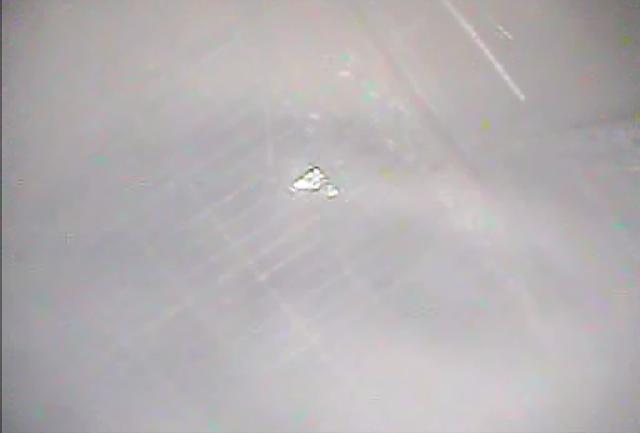
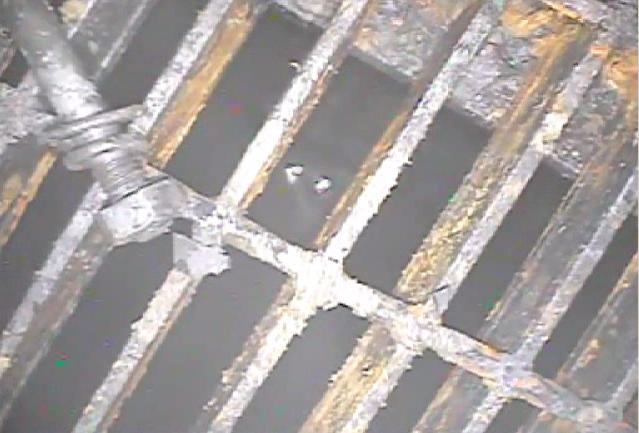
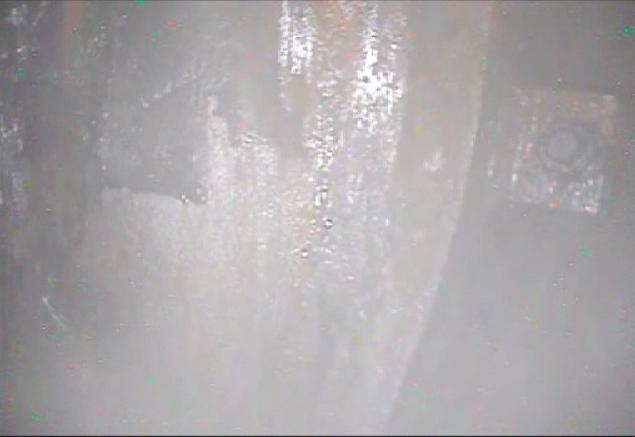
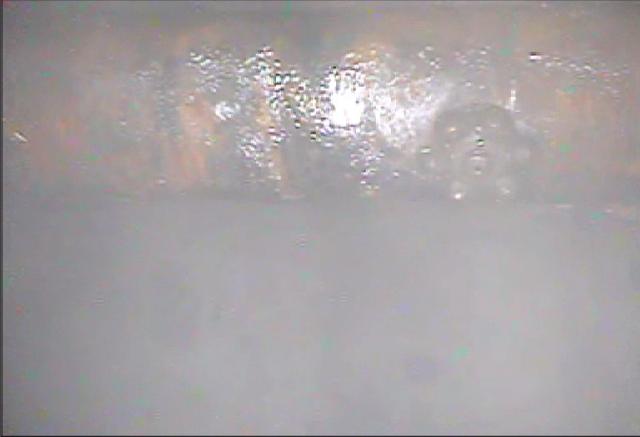








 Tokyo Time
Tokyo Time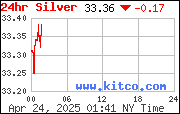
![[Most Recent Quotes from www.kitco.com]](http://www.kitconet.com/charts/metals/gold/t24_au_en_usoz_2.gif)

